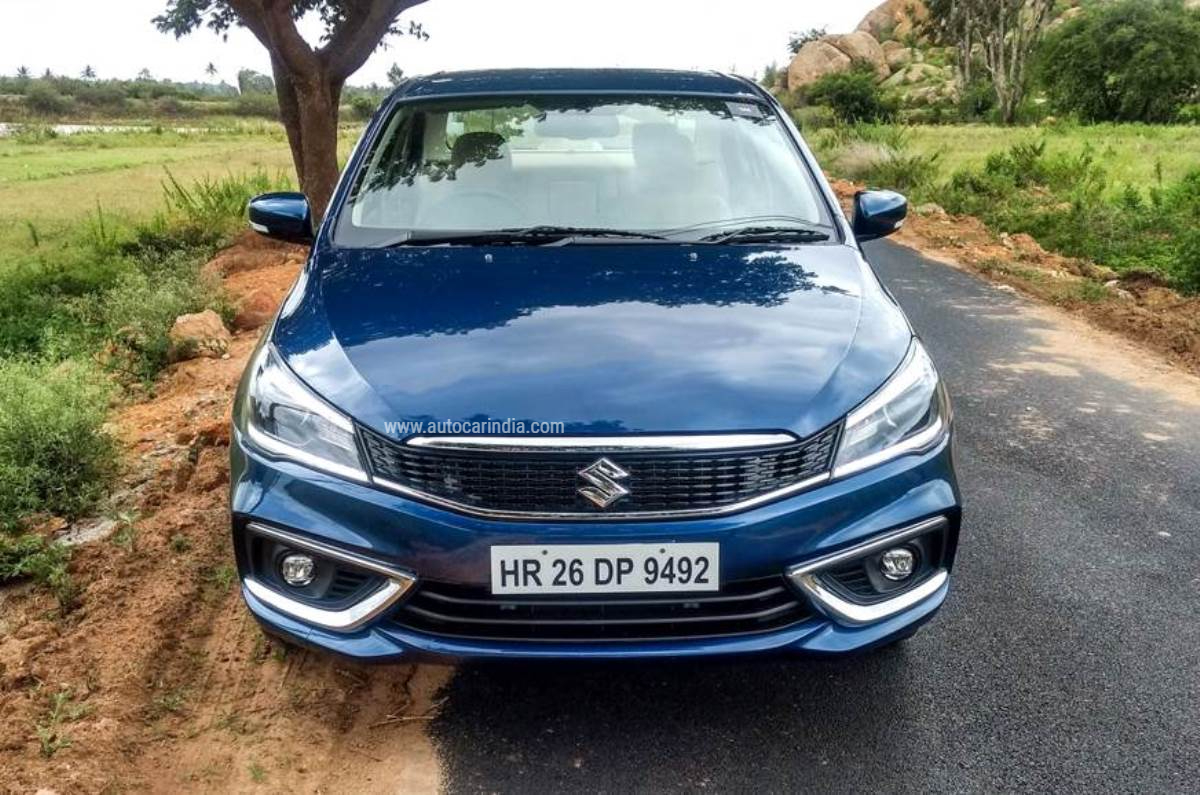The electric mobility revolution in India has recently started to gain some momentum. The government of India recently announced the extension of the FAME II scheme and several states like Maharashtra, Gujarat, Rajasthan and Delhi have announced their own policies for the faster adoption of EVs.
- 350 new EV charging stations have been installed across the country under FAME II scheme
- 3,61,000 electric vehicles have so far been incentivised under FAME scheme since April 2015
- Phase-II of FAME India Scheme has a total budgetary support of Rs 10,000 crores.
Growing infrastructure for EVs in India
As on July 6, as many as 350 new EV charging stations have been installed and were functional across the country under the FAME II (Faster Adoption and Manufacturing of Hybrid and EV) scheme, the Parliament was informed on July 20. Here’s a summary of the number of charging stations that have been installed in each city.
Chandigarh 48 | Delhi 94 | Jaipur 49 |
Bengaluru 45 | Ranchi 29 | Lucknow 1 |
Goa 17 | Hyderabad 50 | Agra 10 |
Shimla 7 | TOTAL 350 |
Krishan Pal Gurjar, Minister of State for Heavy Industries, also informed the Parliament that his Department had sanctioned about 520 charging stations/ infrastructure worth Rs 43.4 crore under Phase-I of FAME India Scheme. Furthermore, it has sanctioned 2,877 EV charging stations amounting to Rs 500 crore across 68 cities in India.
Sharing details of the FAME Scheme, the minister added that a total of 3,61,000 electric vehicles have been incentivised to the tune of Rs 600 crore, as of July 9, 2021, since the EV-adoption policy was initiated in April 2015.
According to the minister, 862 electric buses, amounting to demand incentive of about Rs 492 crore, have been deployed, as of June 30, 2021. Phase-II of FAME India Scheme, which came into effect from April 1, 2019, and extends up to March 31, 2024, has a total budgetary support of Rs 10,000 crores.
This phase focusses on supporting electrification of public and shared transportation and aims to support, through subsidies, approximately 7,000 electric buses, 5,00,000 electric three-wheelers, 55,000 electric passenger cars and 10,00,000 electric two-wheelers. In addition, creation of charging infrastructure is also being supported to address the issue of range anxiety among users of electric vehicles.
EV adoption in India
Electric vehicles are slowly starting to catch on in the Indian market, though choices in the four-wheeler space are still limited. Major mainstream offerings include the popular Tata Nexon EV, MG ZS EV and the Hyundai Kona electric. Buyers are expected to get more choice in the coming years with Mahindra also lining up two EVs for the market – the all-electric eKUV and the eXUV300.
On the luxury side of the segment, buyers can choose between the Mercedes EQC, Jaguar I-Pace and in the coming days, Audi’s e-tron and e-tron Sportback.
Sumana Sarkar

























